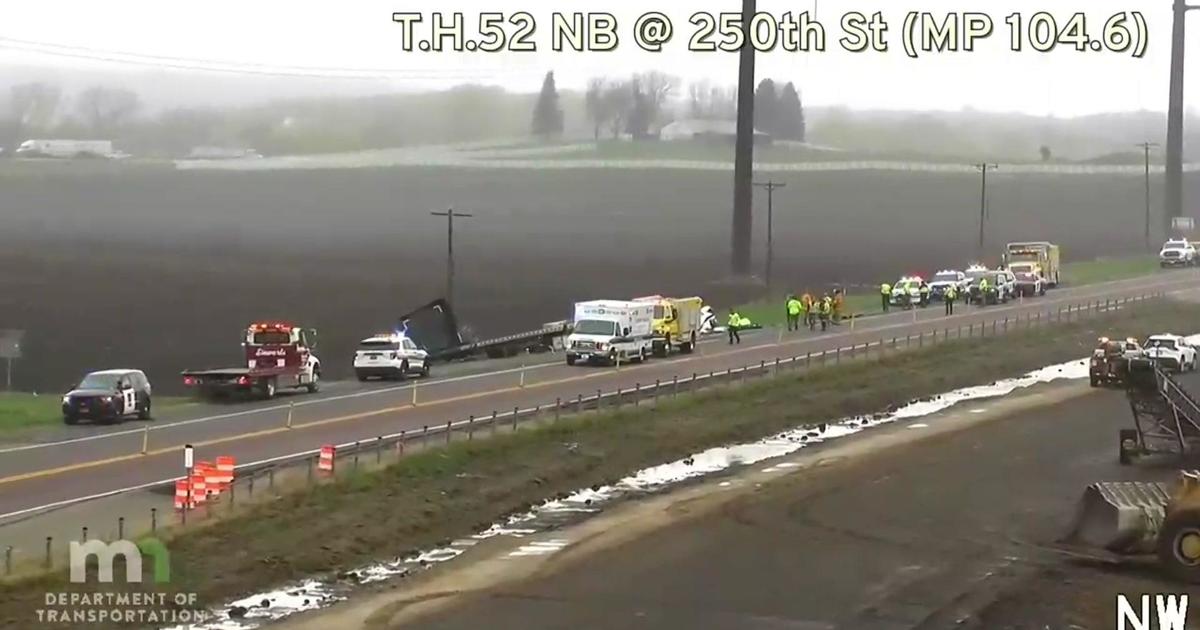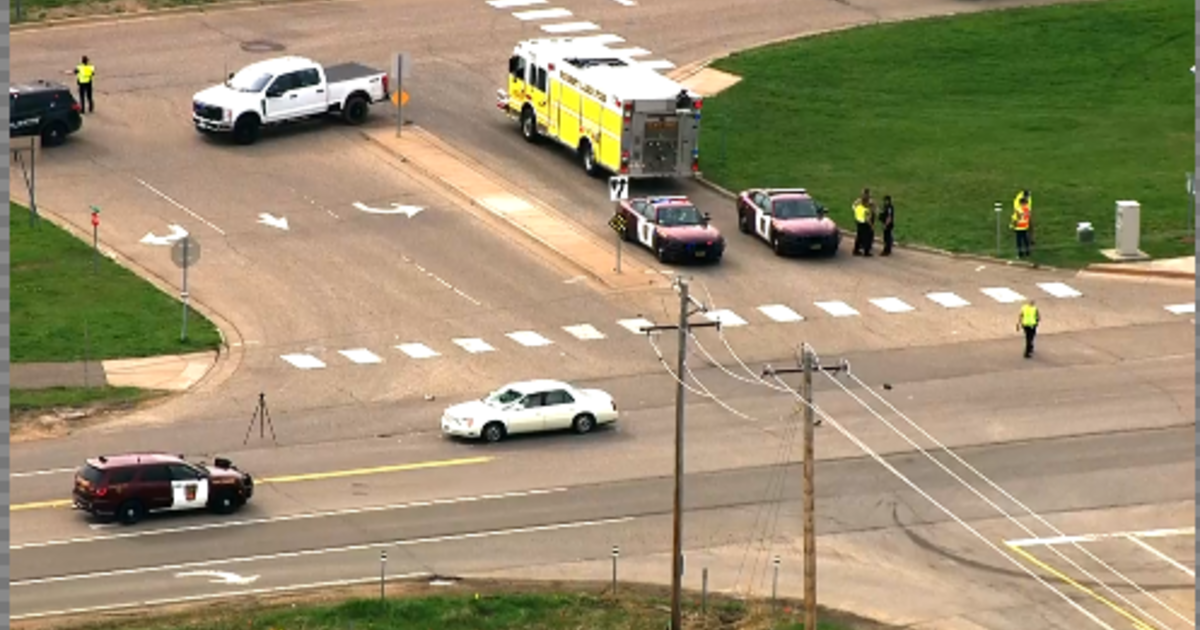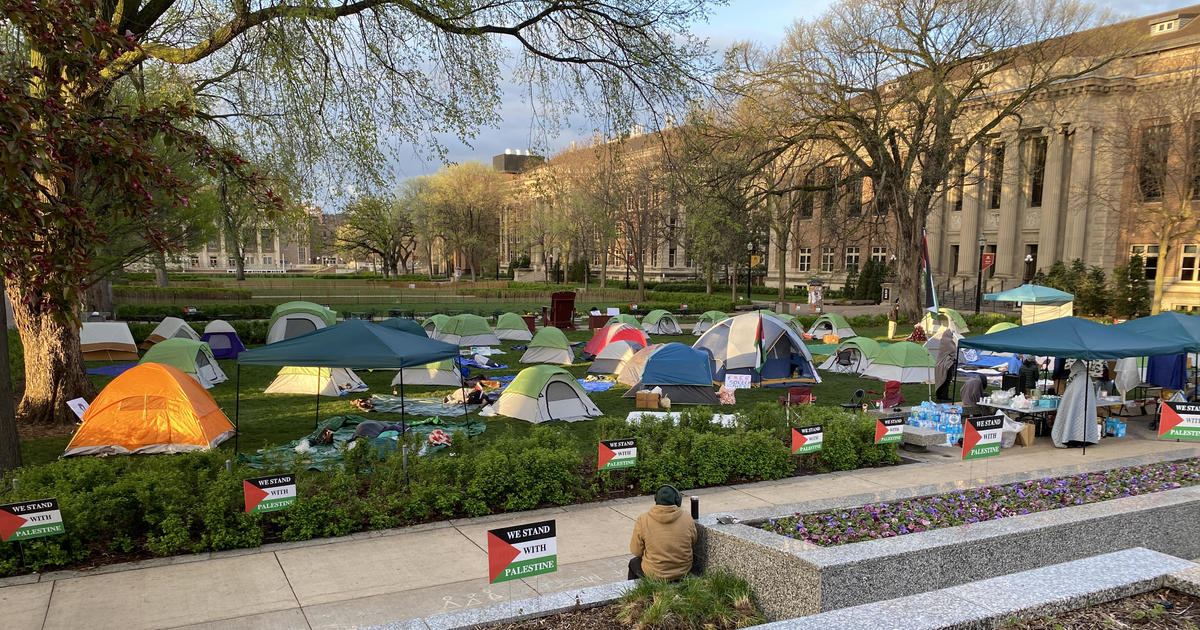How Does Black Ice Form In Subzero Temperatures?
MINNEAPOLIS (WCCO) -- Minnesota auto body shops might be busy this week. Just a little snow caused more than 300 crashes Monday morning and more than 60 drivers spun out according to Minnesota State Patrol.
The main problem: Black ice.
So how does black ice form in subzero temperatures? Good Question. Jeff Wagner explains where it comes from and what to do if you hit a patch on the highway.
It was a light dusting that created a massive mess. A culprit we might not expect in these weather conditions struck quickly.
How does black ice form throughout subzero temperatures? Anne Meyer, spokesperson for the Minnesota Department of Transportation, said the first aspect was the gentle snowfall.
"That was enough to give those tires something to melt when they were driving during the commute," she said.
Then the cold quickly froze the melted snow, creating a thin, slick sheet on the pavement that drivers often can't see. If the snow had fallen midday when the sun was in the sky, it likely would have stayed in liquid form until nightfall.
"If the snow would have happened overnight on the weekend, we would have had less traffic and as a result less areas of icy terrain," Meyer added.
Bridges and overpasses are often trouble spots for black ice since cool air circulates above and below, chilling the pavement. Intersections can also be tricky.
"When traffic slows down a lot or even stops in some areas, even your exhaust, it can drip and those droplets then freeze and create black ice," said Meyer.
How can drivers prepare for black ice?
Larry Nedeau with the Minnesota Highway Safety and Research Center at St. Cloud State University said we must first focus on the road and not just the car directly in front of us. He suggests looking 12-15 seconds ahead and to keep an eye out for clues.
"Things we're gonna look for: other vehicles that have spun out, brake lights, vehicles alongside the roadway, emergency vehicles," he listed.
His next tip is to mind your speed. That means driving slower than usual when light snow falls overnight, since it can melt and turn into ice like Monday morning. It can also mean simply being cautious and not in a rush, especially since people often don't realize there's black ice until they're already sliding on it.
And if you do suddenly hit ice, Nedeau says, "Don't make any abrupt movements, whether it's the steering wheel or our braking system."
First, let your foot off the gas, then brake gently if necessary. If the car starts to drift, Nedeau says to get a visual reference for where you want your vehicle to go, then carefully steer toward it.
"If we allow our vision to drift off to the side of the road, we're likely not gonna be successful in recovering from that skid," he said.
Newer cars that have stability control might help against drifting, and anti-lock brakes can make braking smoother.
Later this week, more flurries could happen early Friday morning. Consider yourself warned if you plan on hitting the road.
"Just anticipate that there could be some of this transparent ice in your travels," added Nedeau.



